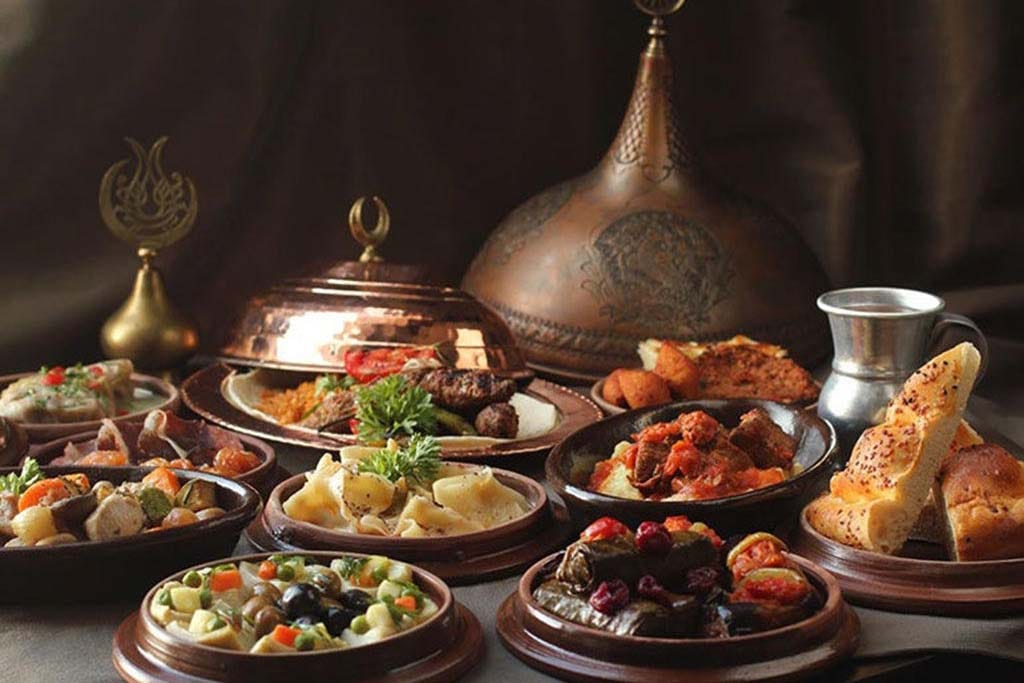prekforalldc.org – The allure of royalty has always been a fascination for many, with its grandeur, elegance, and the mystique of a life lived in opulence. One of the most tangible ways to experience the splendor of royal life is through the culinary arts. Royal cuisines are not just about the food; they are a reflection of history, culture, and the legacy of a nation. From the spice-laden dishes of India to the delicate pastries of France, each royal cuisine tells a story of tradition, innovation, and the art of fine dining. Join us on a gastronomic journey around the world, exploring the flavors and stories behind some of the most iconic royal cuisines.
The United Kingdom: A Taste of Tradition
British royal cuisine is steeped in tradition, with a focus on seasonal ingredients and classic preparations. The royal kitchens have been the birthplace of many iconic dishes, such as the Christmas pudding and the Battenberg cake. Afternoon tea, a quintessentially British custom, is a ritual that has been embraced by the royal family, featuring an array of sandwiches, scones, and pastries. The coronation chicken, created for the coronation of Queen Elizabeth II, has become a staple at royal events, showcasing the blend of creaminess and spice that has delighted palates for generations.
France: The Pinnacle of Culinary Artistry
French cuisine is synonymous with haute cuisine, and the royal palaces of France have been the stage for some of the most exquisite culinary creations. The French royalty, particularly during the reign of Louis XIV, set the standard for opulent dining, with dishes like the Poulet à la Marengo, a chicken dish created to commemorate a Napoleonic victory. The use of rich sauces, fine wines, and the meticulous presentation of dishes reflect the French royalty’s dedication to the art of gastronomy. The pièce montée, a towering dessert made of cream puffs, is a testament to the grandeur of French royal celebrations.
India: A Symphony of Spices
Indian royal cuisine is a kaleidoscope of flavors, with each region offering its unique interpretation of luxury dining. The Mughlai cuisine, influenced by the Mughal Empire, features rich, aromatic dishes like the Biryani, a fragrant rice dish layered with meat or vegetables. The use of saffron, cardamom, and other exotic spices is a hallmark of royal Indian cuisine, reflecting the wealth and diversity of the subcontinent. The tradition of the Thali, a meal made up of various dishes served on a platter, showcases the variety and balance of flavors that are central to Indian culinary philosophy.
Japan: The Aesthetic of Simplicity
Japanese imperial cuisine is characterized by its emphasis on seasonality, presentation, and the essence of the ingredients. Kaiseki, a traditional multi-course meal, is a reflection of the changing seasons, with each dish carefully crafted to highlight the natural flavors of the ingredients. The imperial kitchen focuses on the art of simplicity, with dishes like Chawanmushi, a steamed savory custard, and Sashimi, fresh slices of raw fish, embodying the Japanese aesthetic of Wabi-sabi, finding beauty in imperfection. The tea ceremony, a ritualistic preparation and sharing of matcha, is a quintessential Japanese experience that emphasizes harmony, respect, and purity.
Conclusion:
The royal cuisines of the world are a testament to the diverse ways in which culinary traditions can express the essence of a culture. From the refined elegance of French haute cuisine to the vibrant spices of Indian royal dishes, each royal cuisine offers a unique perspective on the art of fine dining. As we continue to explore the flavors of sovereignty, we gain a deeper appreciation for the history, craftsmanship, and cultural significance that make these cuisines truly royal. Whether through a dish, a dining ritual, or a specific ingredient, the savor of sovereignty is a flavor that lingers long after the meal is over, leaving us with a taste of the regal past and a glimpse into the culinary heritage of nations.
